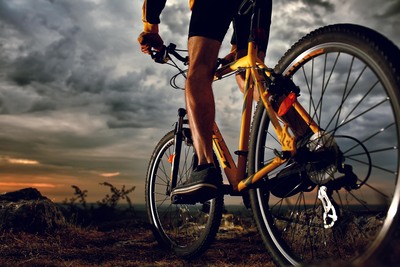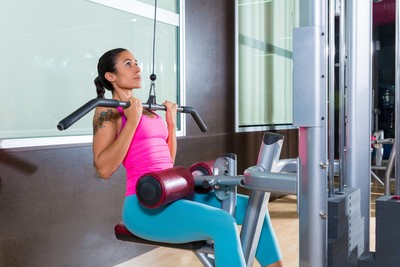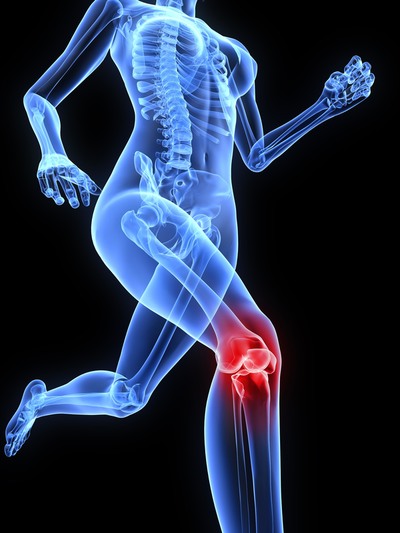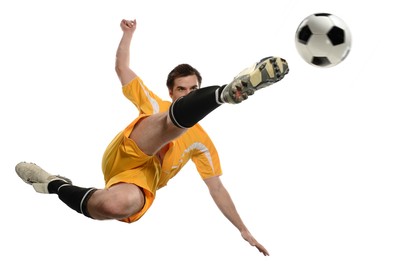Sports Massage
|
PARALYMPIAN
SYDNEY 2000 Brendan Burkett - Professor of Sport Science. Brendan is the driver behind USC’s High Performance Swimming Program. He works actively with both the able-bodied and Paralympic athletes on the USC Spartans squad, using coaching and biomechanics to optimise performance in the pool. MORE INFO HERE |
PARALYMPIAN
SYDNEY 2000 Judith Green, is a swimmer I helped towards her Gold Medal at the Sydney Paralympic games. Although her training and ability were the main factors in winning her event, it was noted that the therapy she received gave her a better ROM [Range of Movement]. Resulting in Judith being able to exercise with a better technique, contributed to faster lap times. |
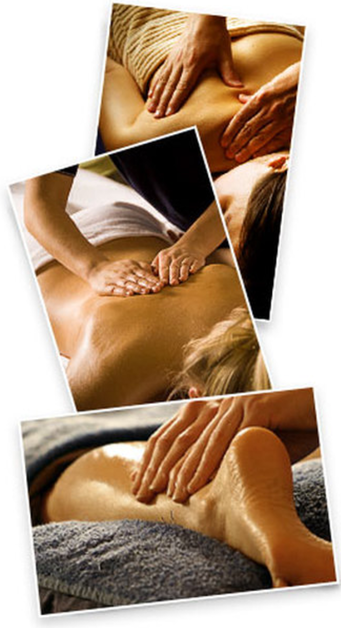
An extract from www.musclewisdom.com
"The important thing in performing sports massage is the approach used by sports massage therapists. It is important to know the basic bio-mechanics of the sport in which the athlete is participating, and to know the common areas of myofascial strain that will be encountered in training and competition.
To be a value to our athletes as a sports therapist, we must apply the following areas of knowledge to the athlete’s situation: [a] Exercise physiology, to know what techniques can be used before, during and after competition. [b] The healing process of the body, to know what techniques can be used in what stages of injury. [c] Functional assessment techniques, so we can identify soft tissue structures that are not functioning properly (either short, long, or weak) [d] To be a value to our athletes as a sports therapist, we must apply the following areas of knowledge to the athlete’s situation:
1. Biomechanics of the Sport: Let’s say I have one of my track & field athletes coming in for a recovery massage during the indoor track season in February. First off, I need to consider what event/s the athlete performs. The strain of sprinting is much greater on the hamstrings than for a distance runner, who will commonly have IT band issues from the tight turns on an indoor track. This is also very different than the strain encountered by a high jumper or long jumper. Understanding these factors of their specific event allows me to personalize the session to what their body needs.
2. Exercise Physiology: How close to competition am I seeing the athlete? A general rule of thumb is to avoid deep tissue work two days prior to competition. I will educate my athletes when I work on them that they may feel a little soreness the day following the massage, but not to worry, this feeling will go away the following day, so they won’t worry if they wake up with sore legs. Also, I don’t want to give them a relaxation massage right before their event. I have been fortunate to work at number of NCAA track and field championships and I am amazed at some of the techniques I see. I have seen therapists performing relaxation techniques (slow effleurage) to the athlete’s legs and even their neck and shoulders a short time before they are scheduled to compete. Stimulating their parasympathetic nervous system at this time could be a detriment to their performance!
3. Healing Process: Often, I will see an injured athlete soon after the injury has occurred, with the hope that I can do something to reduce their pain or shorten their recovery time. Again, educating the client is key. It would be very wrong to perform transverse friction over the site of a recent muscle strain, but there are other techniques in my toolbox that can provide benefit in the acute phases of injury, such as lymphatic drainage and positional release techniques.
4. Functional Assessment: If someone comes in to see me with a diagnosis of shoulder impingement, that only tells me where the injury is occurring. It is more beneficial to their recovery (and my efficiency) if I have the knowledge to perform a few simple assessment tests to determine the root cause of the dysfunction. One scenario is shortness in the pectoralis major that is pulling the glenohumeral joint anteriorly, out of its normal alignment. Another may be weakness in the serratus anterior that does not allow for full upward rotation of the scapula during shoulder abduction. The site of pain is a symptom, find the cause!
Working as a sports massage therapist is a very rewarding (and sometimes exciting) experience. But to be a valuable part of the athlete’s support team it is less about learning the latest and greatest techniques, and more about knowing how, when and why to apply the techniques you already know." Unfortunately, this link does not appear to be functional. However, it was originally copied from here> http://www.musclewisdom.com/sports-massage/what-is-sports-massage/
"The important thing in performing sports massage is the approach used by sports massage therapists. It is important to know the basic bio-mechanics of the sport in which the athlete is participating, and to know the common areas of myofascial strain that will be encountered in training and competition.
To be a value to our athletes as a sports therapist, we must apply the following areas of knowledge to the athlete’s situation: [a] Exercise physiology, to know what techniques can be used before, during and after competition. [b] The healing process of the body, to know what techniques can be used in what stages of injury. [c] Functional assessment techniques, so we can identify soft tissue structures that are not functioning properly (either short, long, or weak) [d] To be a value to our athletes as a sports therapist, we must apply the following areas of knowledge to the athlete’s situation:
1. Biomechanics of the Sport: Let’s say I have one of my track & field athletes coming in for a recovery massage during the indoor track season in February. First off, I need to consider what event/s the athlete performs. The strain of sprinting is much greater on the hamstrings than for a distance runner, who will commonly have IT band issues from the tight turns on an indoor track. This is also very different than the strain encountered by a high jumper or long jumper. Understanding these factors of their specific event allows me to personalize the session to what their body needs.
2. Exercise Physiology: How close to competition am I seeing the athlete? A general rule of thumb is to avoid deep tissue work two days prior to competition. I will educate my athletes when I work on them that they may feel a little soreness the day following the massage, but not to worry, this feeling will go away the following day, so they won’t worry if they wake up with sore legs. Also, I don’t want to give them a relaxation massage right before their event. I have been fortunate to work at number of NCAA track and field championships and I am amazed at some of the techniques I see. I have seen therapists performing relaxation techniques (slow effleurage) to the athlete’s legs and even their neck and shoulders a short time before they are scheduled to compete. Stimulating their parasympathetic nervous system at this time could be a detriment to their performance!
3. Healing Process: Often, I will see an injured athlete soon after the injury has occurred, with the hope that I can do something to reduce their pain or shorten their recovery time. Again, educating the client is key. It would be very wrong to perform transverse friction over the site of a recent muscle strain, but there are other techniques in my toolbox that can provide benefit in the acute phases of injury, such as lymphatic drainage and positional release techniques.
4. Functional Assessment: If someone comes in to see me with a diagnosis of shoulder impingement, that only tells me where the injury is occurring. It is more beneficial to their recovery (and my efficiency) if I have the knowledge to perform a few simple assessment tests to determine the root cause of the dysfunction. One scenario is shortness in the pectoralis major that is pulling the glenohumeral joint anteriorly, out of its normal alignment. Another may be weakness in the serratus anterior that does not allow for full upward rotation of the scapula during shoulder abduction. The site of pain is a symptom, find the cause!
Working as a sports massage therapist is a very rewarding (and sometimes exciting) experience. But to be a valuable part of the athlete’s support team it is less about learning the latest and greatest techniques, and more about knowing how, when and why to apply the techniques you already know." Unfortunately, this link does not appear to be functional. However, it was originally copied from here> http://www.musclewisdom.com/sports-massage/what-is-sports-massage/
Below is a video of Sports Massage, giving a good example of what is involved in sports massage for the legs/Quads. However, given we [therapists] all have our preference as to the best approach, I suggest more cross fibre friction is necessary, and more actual warm-up via effleurage would achieve better results.
https://www.youtube.com/watch?v=35bo09xtcN0
